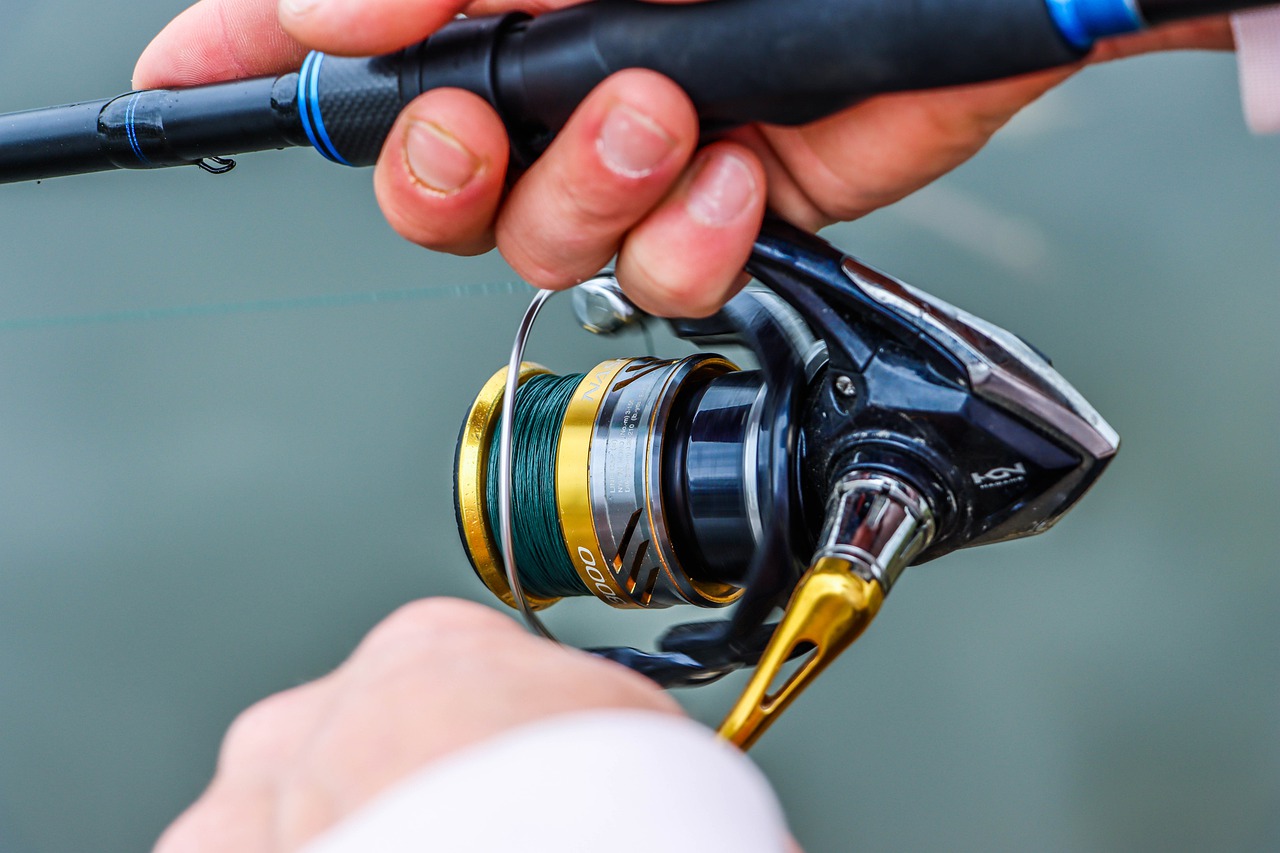There’s no better feeling than coming back home after a long day’s successful session of fishing with your mates.
However, when it comes to maintaining our fishing gear, we often put it off for later. If there’s one thing my father always insisted on doing is to keep your tools clean at all times. Especially the fishing reel!
I don’t mean to sound too preachy, but trust me when I say that my father’s advice has helped me become a better angler. It has also saved me quite a lot of money because I keep my things clean and well maintained.
For fishing reels, my advice to you would be to clean it at least once every five freshwater fishing trips. But avoid using gasoline or similar products as they tend to melt the plastic parts.
How To Clean A Fishing Reel?
The best way to clean a fishing reel is by rinsing off the dirt, grease, and soil using running water to remove gunk from the top of the reel and under the spool. Keep the soaking time to a minimum as rinsing too long could cause long-term damage to the gear system. Once finished, wipe it dry using a soft dry cloth, lubricate and reassemble your fishing reel. You can remove excess lubrication by using a microfiber cloth.
However, this is just a short snippet of what needs to be done. While the first step of the process involves dissembling the reel, you’ll have to end with lubrication. In the next part, I’ll be highlighting each step in detail, so keep reading.
Steps To Clean A Fishing Reel
I say from experience that Saltwater fishing reels will likely be affected by wear and tear more than freshwater reels because of the saline residue. That’s why it’s important to clean and maintain them after every fishing trip with a bit more care.
You could invest in a suitable cleaner to remove the grease, fish blood, oil, and soil from the reel. Or, seek professional help for extra deep clean at the end of the season.
The technicians at cleaning services will disassemble the reel down to its last screw and clean it thoroughly using a method known as “ultrasonic dunking.” It’s a highly preferred method where an ultrasonic cleaning system is used to create microscopic cavitation bubbles to dislodge the dirt and debris from the parts of the fishing reel.
Even then, there are a few steps that I follow (and you should too) as part of your routine upkeep.
1. Taking The Reel Apart
Begin by dissembling the reel; remove the wire coil by unscrewing the central screw and checking it internally and externally. Next, remove the line from the spool while using tweezers to handle the springs and wire clips. Just remember to use masking tape for numbering each part so that it’s easier to reassemble.
2. Tape The Fishing Line
Secure the fishing line with masking tape before removing the spool. This will prevent it from getting caught between the frame and spool.
3. Remove Foreign Elements
Before you rinse or clean the reel, I highly recommend using a toothbrush or any other small brush to remove the dirt, soil, and debris. This step will help remove most of the foreign elements while allowing you to easily get access to the toughest corners and gaps.
4. Rinse And Clean
Here’s when you have to place the reel under clean running water to remove the remaining dirt and debris. You may also use a soapy solution or a commercial cleaner at this point and then rinse thoroughly.
5. Dry With A Soft Cloth
As you already know, soaking the reel in water for too long isn’t recommended as excess moisture can lead to rusting and serious damage. So, I insist that you wipe all its parts using a dry, soft microfibre cloth or paper towels. You could also use a blow dryer to remove any remaining moisture.
6. Lubrication
The question you must now have is – “what comes after cleaning?” I know I sure did back in the days.
Well, I’d suggest lubricating the parts of the reel (apart from the friction unit) following the cleaning process after every five or seven fishing trips. A silicone lubricant would be the best option to help ensure the perfect movement of the parts while protecting them from moisture and rust.
If that’s not a feasible option, apply a light coat of grease or oil using a small brush. Also, make it a point to lubricate the line and ball bearings using a few drops of the oil. This is a crucial step in the fishing reel maintenance process as it ensures longevity by preventing corrosion.
7. Reassemble The Reel
Once you’re done cleaning and lubricating all the internal mechanisms, put the reel parts back together. The numberings on the masking tape should help you get this done in no time. After reassembling the reel, check to see if all the parts are working as they should.
8. The Final Cleaning
There’s one more step involved in the maintenance regime – cleaning the entire reel to remove the excess lubricant. You may use another dry microfiber cloth for this.
Once that’s done, tighten all of the visible screws with the help of screwdrivers and then give it a final spray of the silicone lubricant. Keep in mind that the lubrication needs to be spread and dried further using a cloth or paper towels so that you’re good to go for another five fishing trips.
Conclusion
My father always asked me to avoid keeping the task of cleaning for another day. So, even if you are unable to give the reel a thorough cleaning, at least rinse it under running water to prevent gunk from accumulating over time.
And at the end of the season (winter), store it indoors to protect it from gathering dust. That should help boost its overall lifespan.
Hope you enjoyed reading my guide today! Do let me know in the comments if you have any suggestions.

Niels Thomas is a wildlife expert and fishing fanatic that works with major fishing brands like Deeper Sonar, Abu Garcia, Berkley, PENN, BassPro and Pure Fishing. Through sharing the best fishing tips, tricks, gear reviews, locations and much more he hopes to inspire fishing fanatics to start their own journey towards becoming the King of the Catch!

